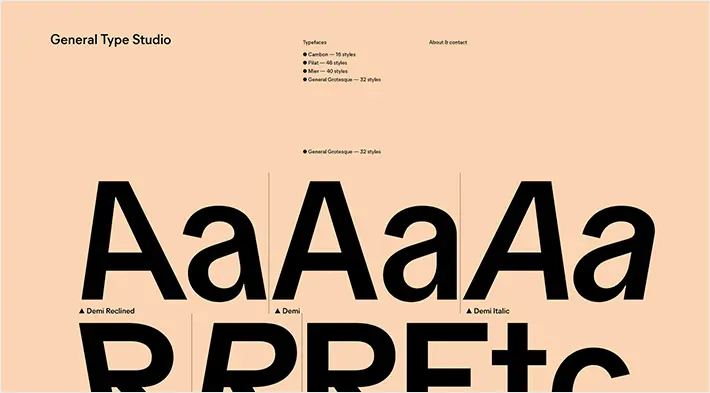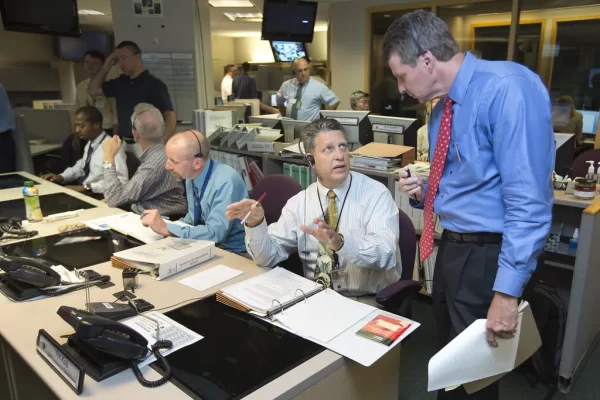In the realm of typography, where letters transcend mere symbols to become vessels of visual expression, type foundries stand as the unsung heroes. These establishments are the guardians of typefaces, meticulously crafting and curating fonts that shape the way we perceive written language. In this exploration of type foundries, we unveil the craftsmanship, history, and the pivotal role they play in the world of design.
The Genesis of Type Foundries
The history of type foundry is intricately woven with the evolution of printing. The pivotal moment arrived in the mid-15th century when Johannes Gutenberg introduced the world to movable type and the mechanical printing press. As the demand for printed materials soared, the need for a standardized, replicable set of typefaces became evident.
Enter the type foundries. These were workshops or factories where skilled craftsmen, known as typefounders, cast individual metal type characters. Each letter, punctuation mark, or symbol was meticulously crafted, cast in metal, and then arranged by hand to compose the text for printing. This laborious process revolutionized communication, making books and printed materials accessible to a wider audience.
The Transition to Digital Type
The advent of digital technology in the late 20th century ushered in a new era for type foundries. The traditional casting of metal type gave way to digital fonts. Type designers began creating fonts on computers, using software to meticulously design and refine letterforms.
This digital transition not only streamlined the font creation process but also democratized typography. It allowed for a more extensive and diverse range of typefaces to be created and distributed worldwide. Type designers could now collaborate with type foundries or independently release their fonts to a global audience.
The Role of Type Foundries Today
Type foundries continue to play a pivotal role in the design landscape. They serve as both preservers of tradition and innovators in the digital age. Here are a few key functions they perform:
- Font Creation: Type foundries are hubs of creativity where type designers conceive and craft new fonts. These fonts can range from elegant serif typefaces to quirky display fonts, catering to diverse design needs.
- Font Licensing: Type foundries offer fonts for licensing to designers, agencies, and organizations. Font licensing agreements define how the fonts can be used, ensuring that designers respect copyright and usage terms.
- Font Distribution: Type foundries distribute fonts through various channels, including their own websites, font marketplaces, and licensing agreements with software companies. This wide distribution ensures that their fonts reach a global audience.
- Custom Font Design: Some type foundries offer custom font design services to brands and organizations, creating unique typefaces that align with their visual identities.
- Font Revival: Type foundries may also revive historical fonts, meticulously digitizing and adapting them for contemporary use. This process preserves typographic heritage while making it accessible to modern designers.
The Beauty of Typography
Typography is often referred to as an art form, and type foundries are the artisans who craft the tools of this art. Their dedication to the nuances of letterforms, spacing, and design ensures that every piece of written content, whether in print or onscreen, can convey its message with clarity, personality, and style.









